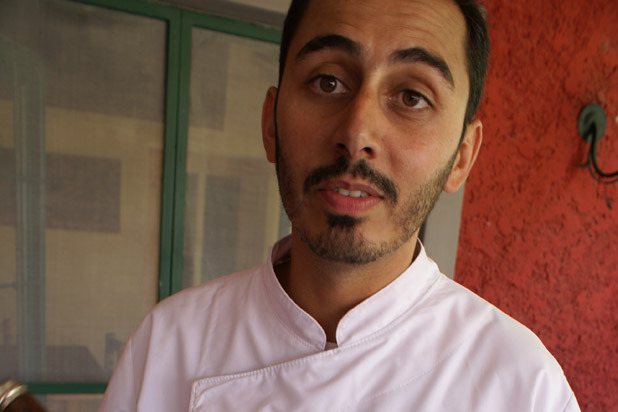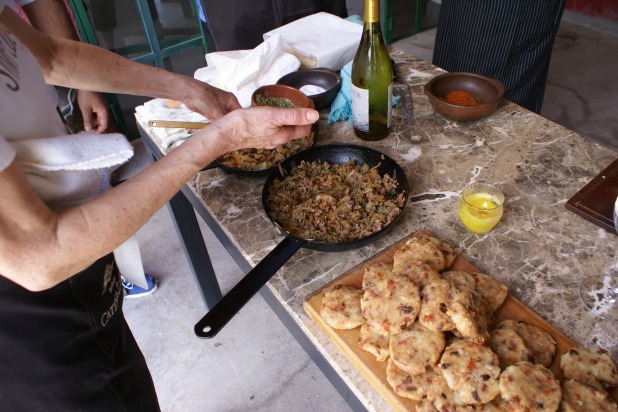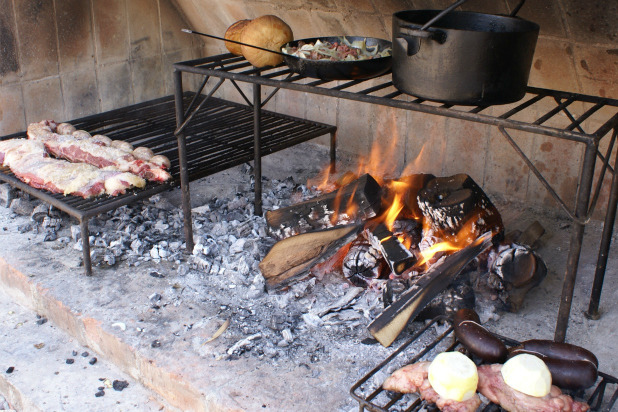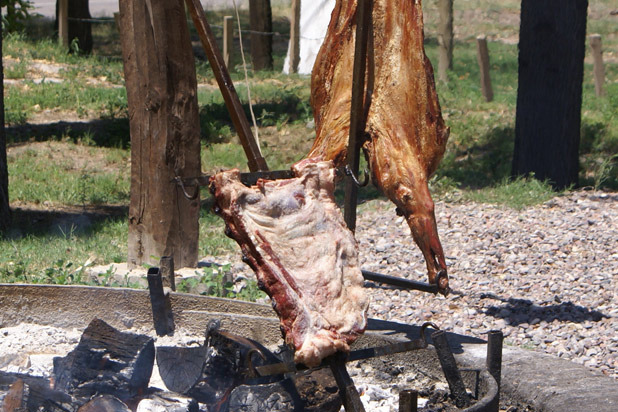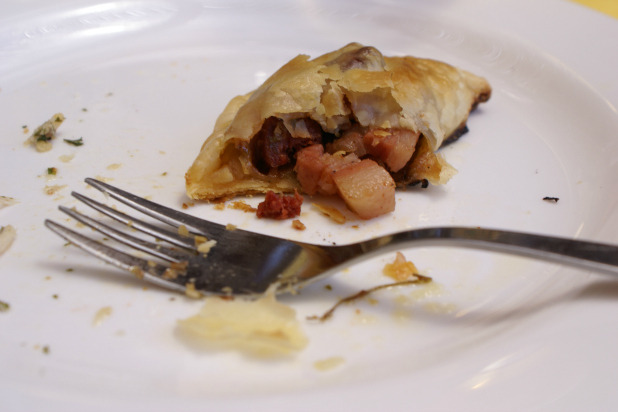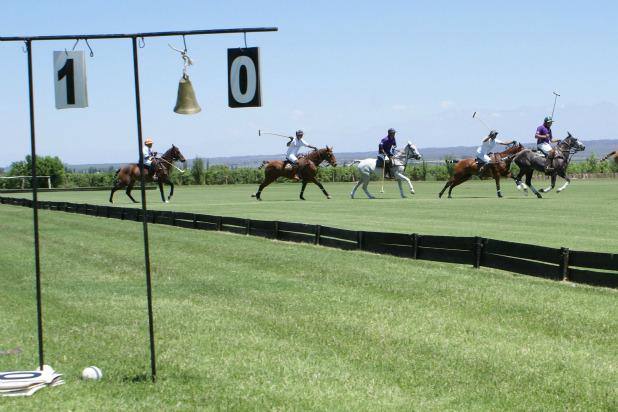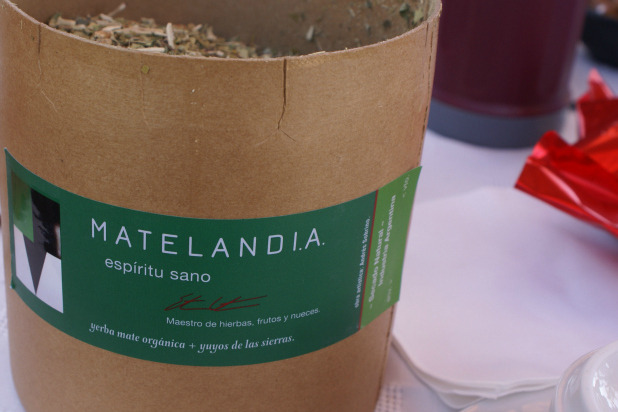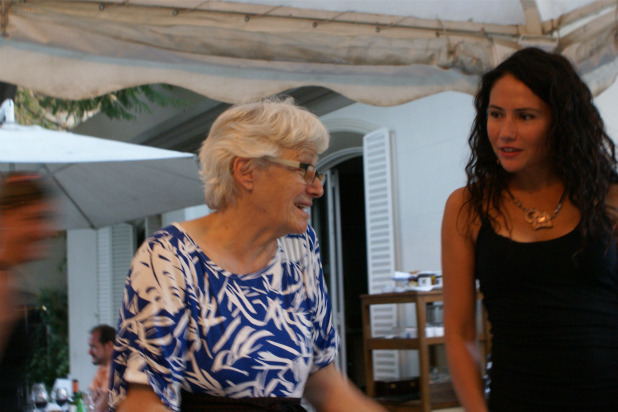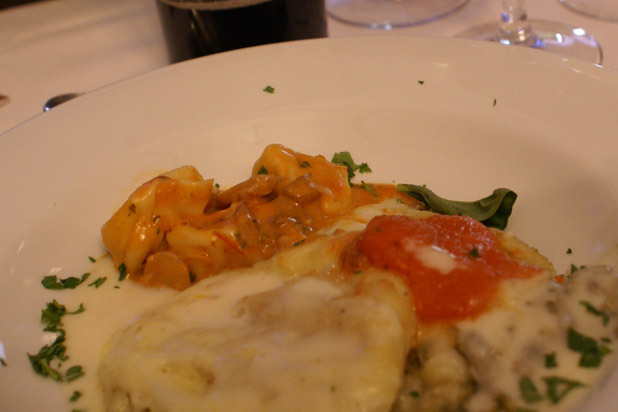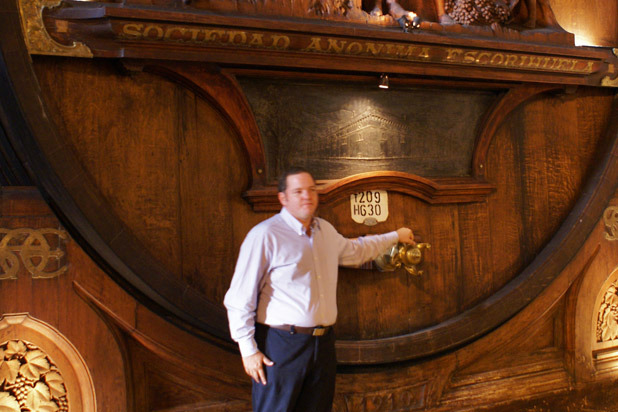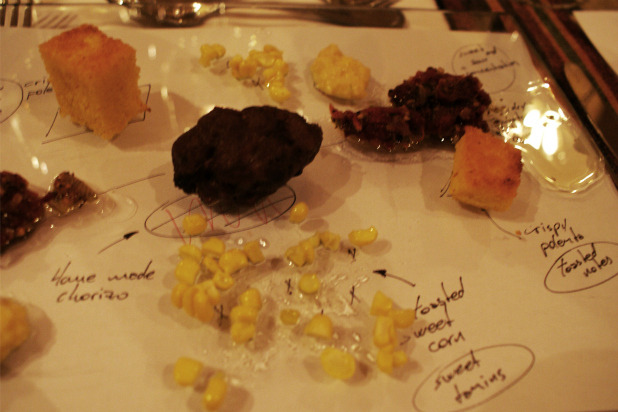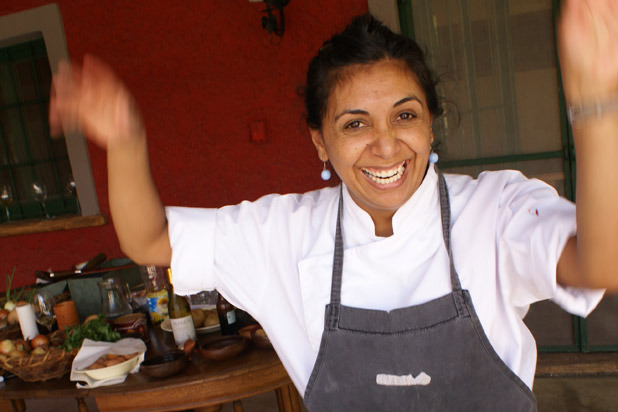Malbec, Meat, And Maté
Chef Lucas Bustos invited me and some fellow travelers to a cooking class at his La Tupina Bistro in the Andean town of Tupungato, about 60 miles southwest of Mendoza, to whip up a dozen or so dishes for lunch. I began by asking Bustos, "Which came first, malbec or beef?" As he was holding his favorite asado knife, we started with meat.
Empanadas and Potato Cakes
Bustos gets inspiration from the indigenous Indian and Spanish cultures and put us to work on such dishes as beef-filled empanadas and milcaos de papas, potato pancakes with sun-dried tomatoes and roasted onions.
Meat on Grill
But the star of the meal was asado — that feast that celebrates all meats grilled, including various cuts of beef, goat, and lamb as well as blood sausages and plenty of sweetbreads. Chef Bustos uses a maze of grills with a free-ranging wood fire stoked in an open-faced outdoor oven. He measures heat by how many seconds he can hold his hand over the fire. "One Tupungato, two Tupunga — ouch!"
Meats, Outside Fire
Another common way to do an asado is to roast whole animals or large sections of them around a smoldering outdoor fire for hours, as does the plain-and-fancy La Juntada Pulpería in the small town of Vista Flores, 40 miles south of Tupungato, where we stopped for lunch on another day.
Empanada
While there, I had a tasty, vegetable-and-bacon-filled empanada— Argentina's national savory pastry — with dough made with plenty of lard for elasticity. I devoured half of mine before I remembered my foodie duty to take a photo.
Polo
If the empanada is the national pastry, polo is the national sport. At Gascns Agrelo vineyard and winery, Ernesto Catena has carved out his own polo field. After a vertical tasting of reservas there, we watched a few chukkars, sipping Gascn sparkling wine in the shade.
Mate
Mendocinos — as the people of Mendoza call themselves — love maté, their herbal tea, almost as much as wine. We paused for a sip using an organic mixture produced by the Ernesto Catena. Traditionally, maté is sipped through a common straw and passed from person to person. No bogarting allowed!
Maria and Jimena
But where was the pasta? Maria Teresa Corradini de Barbera (left), chef/owner of Francesco restaurant in Mendoza itself, reminded us, and Wines of Catena education director Jimena Turner, that Mendoza has a strong Italian culinary heritage. She's been cooking "local" for more than 60 years.
Pasta
Maria Teresa prepared three different pasta dishes for us — a break from our all-meat diet — and we found that they go as smoothly with Alamos Red Blend as does rare beef, any way you cut it.
Winemaker and Cask
Mendoza has a long history of making great red wines, as Gascón winemaker Ernesto "Nesty" Bajda told us in front of an ancient carved cask in Gascón's historical 1884 winery, which the town of Mendoza now surrounds.
Food and Diagram
We also learned Mendoza produces delicious food. In case we still didn't get it, chef Lucas Bustos from La Tupina Bistro, who cooked for us one evening at the pyramid-shaped Catena Zapata winery, drew us an edible three-dimensional picture during dinner: The crispy polenta goes here, the toasted sweet corn there, the homemade chorizo in the middle
Waving Chef
But mostly we learned to take our noses out of our big fat wine glasses, put away our food-friendly cameras, and just loosen up while we still can. Chef Micaela Quiroga, from La Tupina, showed us how. So for now, buenas tardes and adios, amigos.
